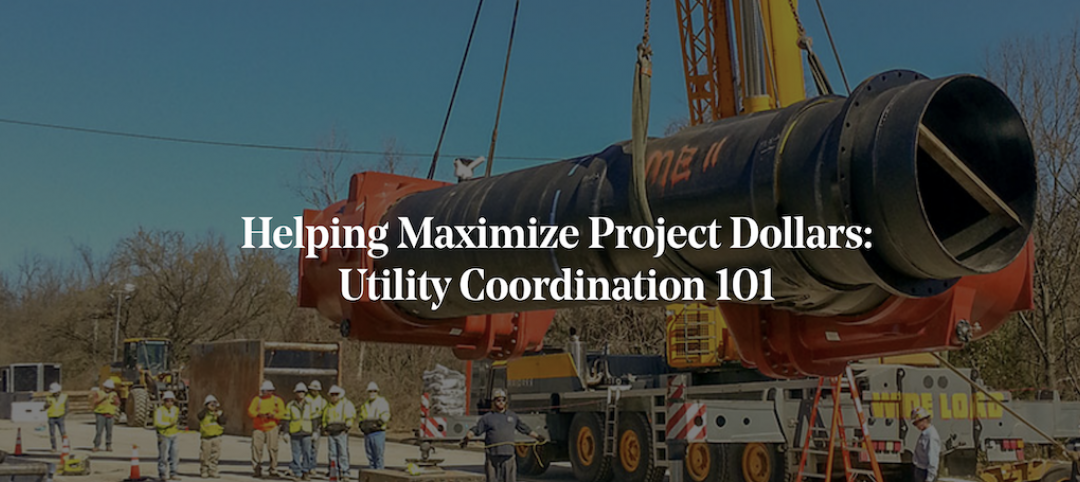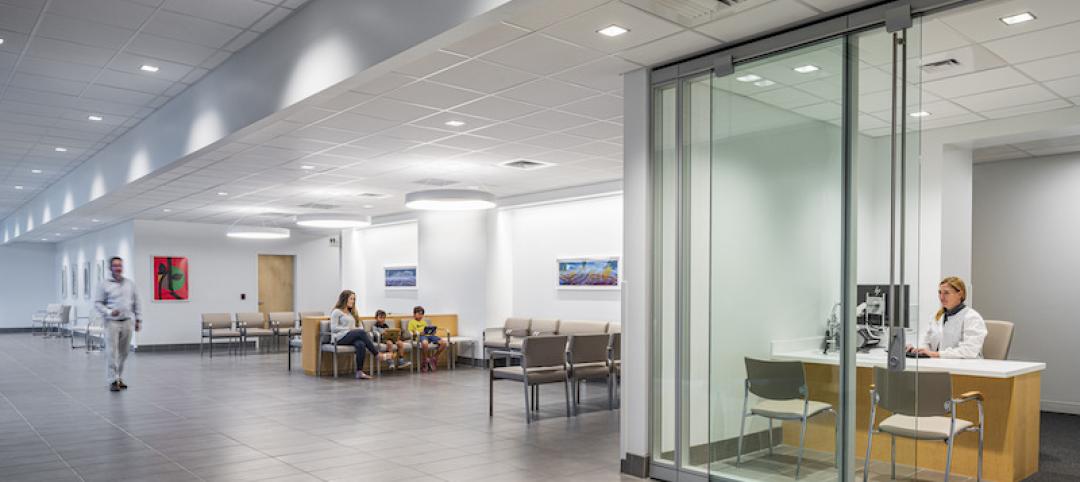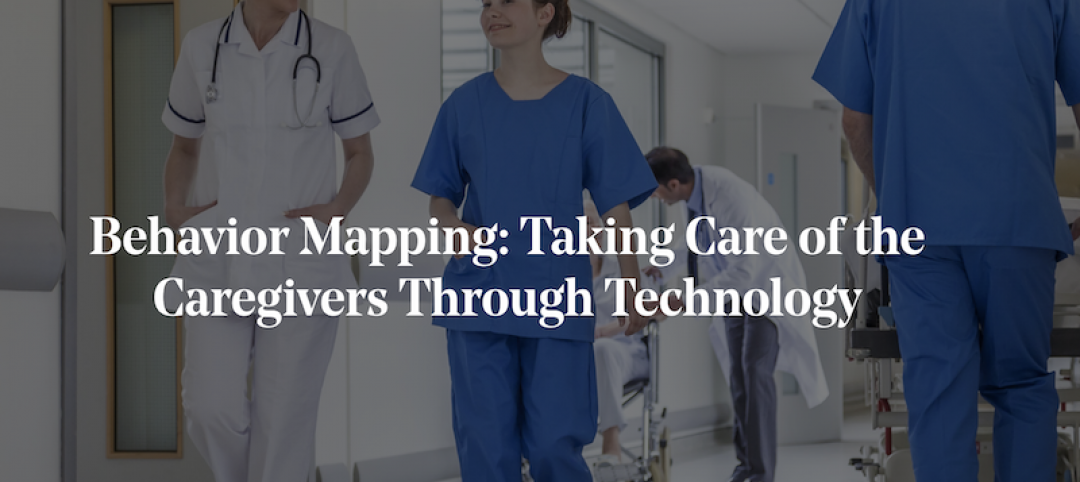Alleys get a bad rap. The small strips of land have traditionally been seen as dark, dirty, crime-ridden corridors where nothing good ever happens. They’re often put in the same category as train yards and abandoned parking lots, but I think alleys deserve more attention.
Believe it or not, alleys started off as public spaces. Dating back to the early 1700’s, Elfreth’s Alley in Philadelphia is the oldest residential street in the country. Pre-automobile, these small spaces were meant for people, complete with housing, shopping, restaurants, bars and pocket parks.

Here in Nashville we have a history of celebrating alleys. Printer’s Alley, which was once home to Nashville’s printing industry and later to speakeasies and jazz clubs, is alive and well. It’s still home to spots frequented by residents and tourists alike, such as Bourbon Street Blues and Boogie Bar and Skull’s Rainbow Room. There’s also The Arcade, a covered outdoor commercial area created from what was once known as Overton Alley. Home to an eclectic group of tenants, you can find a crowd there on the first Saturday of every month enjoying Nashville’s First Saturday Art Crawl.
As cities continue to experience growth and urban density increases, it’s even more important to take advantage of existing spaces. By turning forgotten alleyways into attractive, functional public spaces, we can create catalysts for civic and economic activity. I recently had the opportunity to design an alley revitalization in Roswell, Ga. Using that project as an example, let’s explore why—and how—cities can turn alleyways into an integral part of their urban landscape.

Boosting Business
Alleys should be part of a city’s landscape, not just a neglected “back of house” space. Attractive public spaces aren’t simply aesthetic or safety improvements—functional alleys that act as interior corridors attract more people and more activity, strengthening the businesses operating there and the city’s economy as a whole. While many alleyways are too narrow to function well for vehicle traffic, they’re the perfect place for pedestrians to visit, relax, shop, play and explore.
At the City of Roswell’s East Alley, we created a more welcoming environment through aesthetic improvements, landscaping and better organization of those back of house functions. Group meetings with the property owners and tenants helped guide the design toward a better overall solution while also benefiting those businesses by distinguishing their back doors and hopefully ultimately increasing retail sales and leading to further economic growth.
Going Green
Alleys are commonly used for activities like deliveries and trash, meaning they’re often not the cleanest places. To counteract the dirty nature of alleyways, it’s important to make design decisions that will improve the surrounding environment.
At the City of Roswell’s East Alley we positively impacted the surrounding environment with sustainable infrastructure, including permeable pavers to improve the quality and reduce the quantity of stormwater runoff. Other options that can be used for stormwater management include urban bioretention, tree wells and rainwater harvesting, depending on the size, layout and slope of the available space.
By implementing a complete streets design in and around alleyways through dedicated facilities for public transit, bicycles, landscaped pedestrian areas and defined curbsides, we can improve alternative transportation options and reduce carbon emissions. In Roswell, we provided improvements for bus riders and bicyclists and clearly defined the pedestrian area to increase walkability. Removable bollards were added to provide flexibility to use the space in a variety of ways during special events.

Creating Community
In addition to economic and environmental benefits, alleyways are an opportunity to establish character, emphasize placemaking and provide social spaces for the community. In Roswell, East Alley fits within the historic downtown context while providing a flexible outdoor space for town-sponsored activities. Tables and benches provide the perfect place to sit and read or catch-up with friends, while the openness of the space caters to the city’s monthly “Alive in Roswell” event where the town gathers for a unique market experience and live music.
Let’s start re-imagining our alleyways into spaces that are no longer cut-throughs to somewhere else, but rather destinations in themselves. Maybe it simply starts with planting some flowers and lining the dumpsters up neatly, but by eventually considering how alleys can boost business, positively impact the environment and foster community, we can create better spaces in the places we call home.
More from Author
Gresham Smith | Aug 17, 2023
How to design for adaptive reuse: Don’t reinvent the wheel
Gresham Smith demonstrates the opportunities of adaptive reuse, specifically reusing empty big-box retail and malls, many of which sit unused or underutilized across the country.
Gresham Smith | May 24, 2023
Designing spaces that promote enrollment
Alyson Mandeville, Higher Education Practice Leader, argues that colleges and universities need to shift their business model—with the help of designers.
Gresham Smith | Apr 24, 2023
Smart savings: Commissioning for the hybrid workplace
Joe Crowe, Senior Mechanical Engineer, Gresham Smith, shares smart savings tips for facility managers and building owners of hybrid workplaces.
Gresham Smith | Mar 20, 2023
3 ways prefabrication doubles as a sustainability strategy
Corie Baker, AIA, shares three modular Gresham Smith projects that found sustainability benefits from the use of prefabrication.
Gresham Smith | Jan 19, 2023
Maximizing access for everyone: A closer look at universal design in healthcare facilities
Maria Sanchez, Interior Designer at Gresham Smith, shares how universal design bolsters empathy and equity in healthcare facilities.
Gresham Smith | Dec 20, 2022
Designing for a first-in-the-world proton therapy cancer treatment system
Gresham Smith begins designing four proton therapy vaults for a Flint, Mich., medical center.
Gresham Smith | Nov 21, 2022
An inside look at the airport industry's plan to develop a digital twin guidebook
Zoë Fisher, AIA explores how design strategies are changing the way we deliver and design projects in the post-pandemic world.
Gresham Smith | Feb 13, 2022
Helping maximize project dollars: Utility coordination 101
In this post, I take a look at the utility coordination services our Transportation group offers to our clients in an attempt to minimize delays and avoid unforeseen costs.
Gresham Smith | May 7, 2021
Private practice: Designing healthcare spaces that promote patient privacy
If a facility violates HIPAA rules, the penalty can be costly to both their reputation and wallet, with fines up to $250,000 depending on the severity.
Gresham Smith | Mar 4, 2021
Behavior mapping: Taking care of the caregivers through technology
Research suggests that the built environment may help reduce burnout.

















